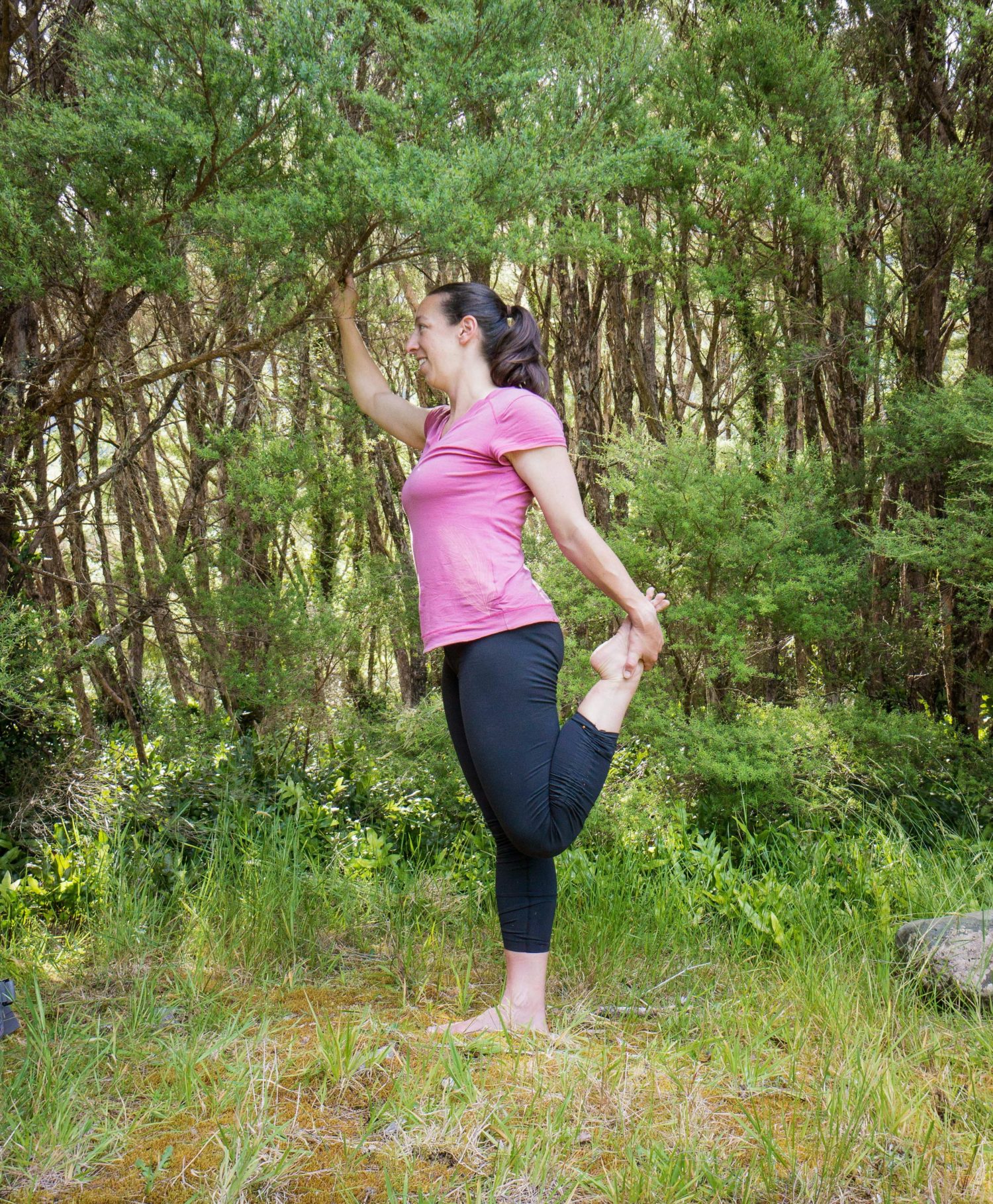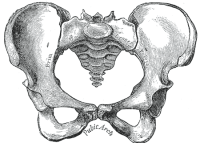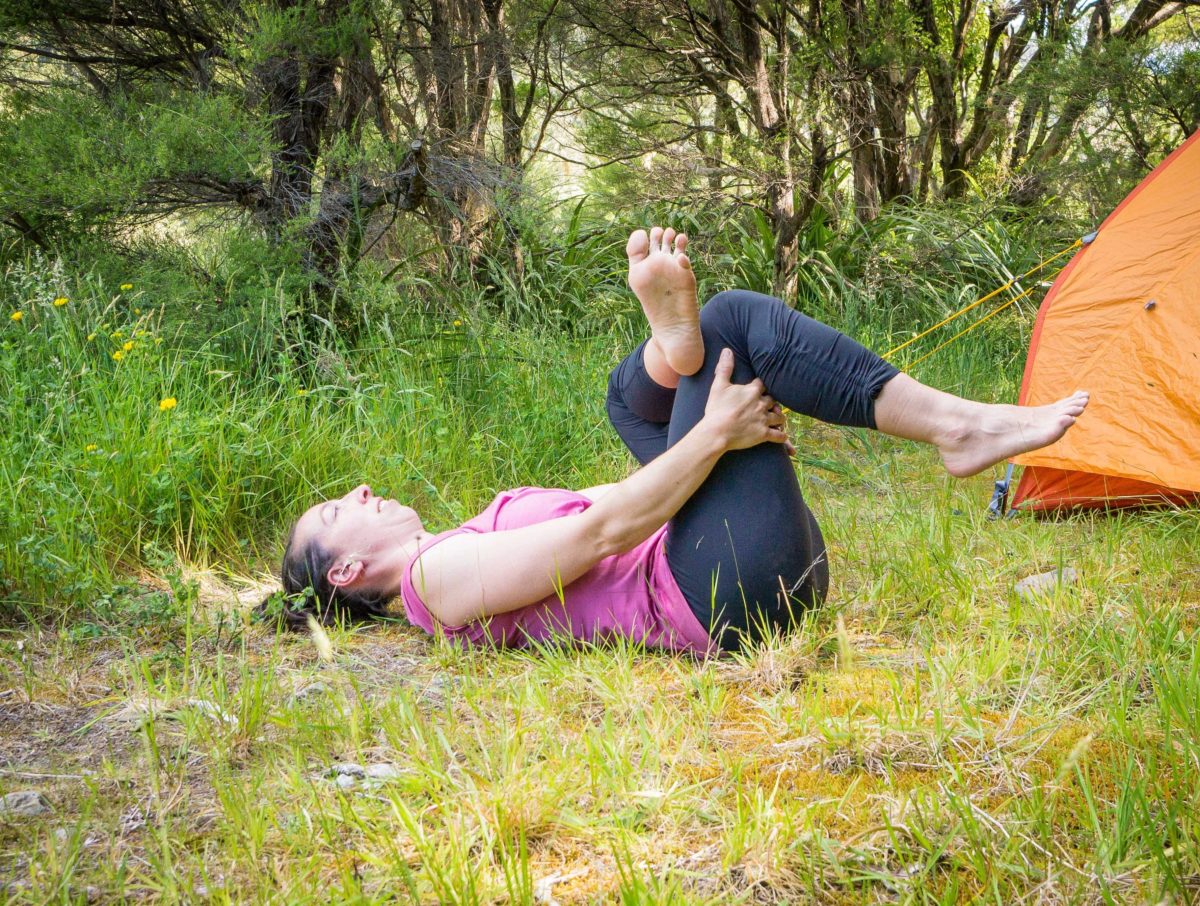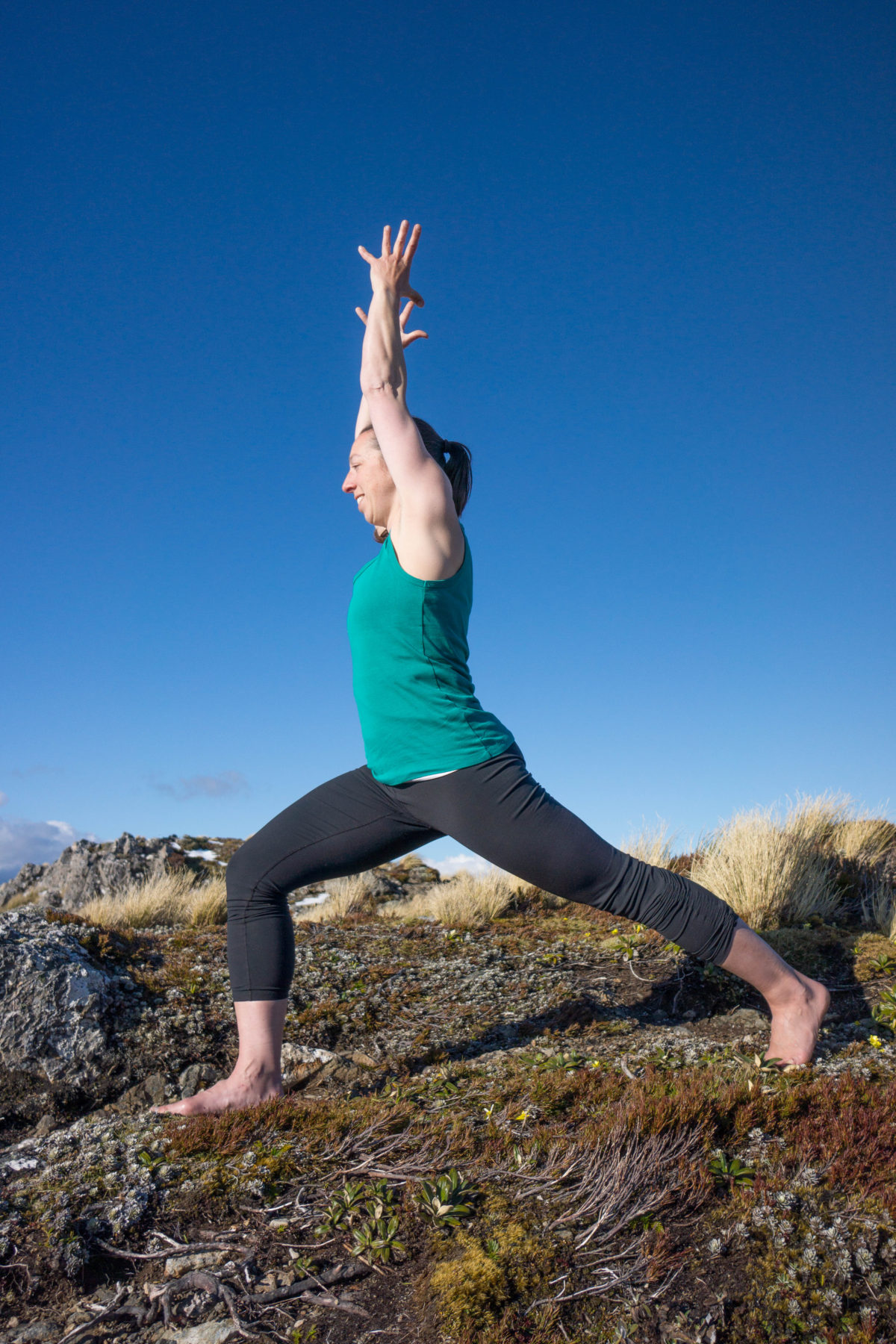The quadriceps are actually a group of muscles that connect the knee to your hip/pelvis. This means the position of your knee and hips will affect whether and how you feel a stretch in your thighs.
Different stretches work for different bodies. However, the kneeling lunge at the wall tends to work for many people. Using the wall and floor to resist against helps you control the position of your knee and pelvis to find a maximum stretch.
As a result, it can be very intense and in some cases is too much. So be careful – remember find a friendly stretch.


You’ll need a wall and some type of padding under your knee. If you have previous injuries to your knee cap or a history of dislocations this stretch may not be for you.
- Start by kneeling on the floor in front of the wall.
- Step your right foot forward. The front foot must remain flat.
- Make sure your back left knee is on the padding (I’m using a folded yoga mat, but a towel or cushy carpet would be fine).
- Bring your back toes tucked under on to the wall.
- You should not feel a stretch at this point. If you do, move your whole body forward – that means move your front foot and back knee forward away from the wall.
- Gradually start to lift your chest. If possible bring your hands to rest on front knee or hips. If you find this hard to balance, have a chair near by to hold on to.
- If you find this too much for your left thigh, you will need to move your front foot and back knee away from the wall.
- If not strong enough, you can move closer to the wall. OR a better option is to activate the muscles in the thigh. You can then find a stretch without forcing your knee in to deeper flexion. To do this, try squeezing your buttocks to scoop or push your pelvis forward and lift up through your spine.
- Remember to switch sides




